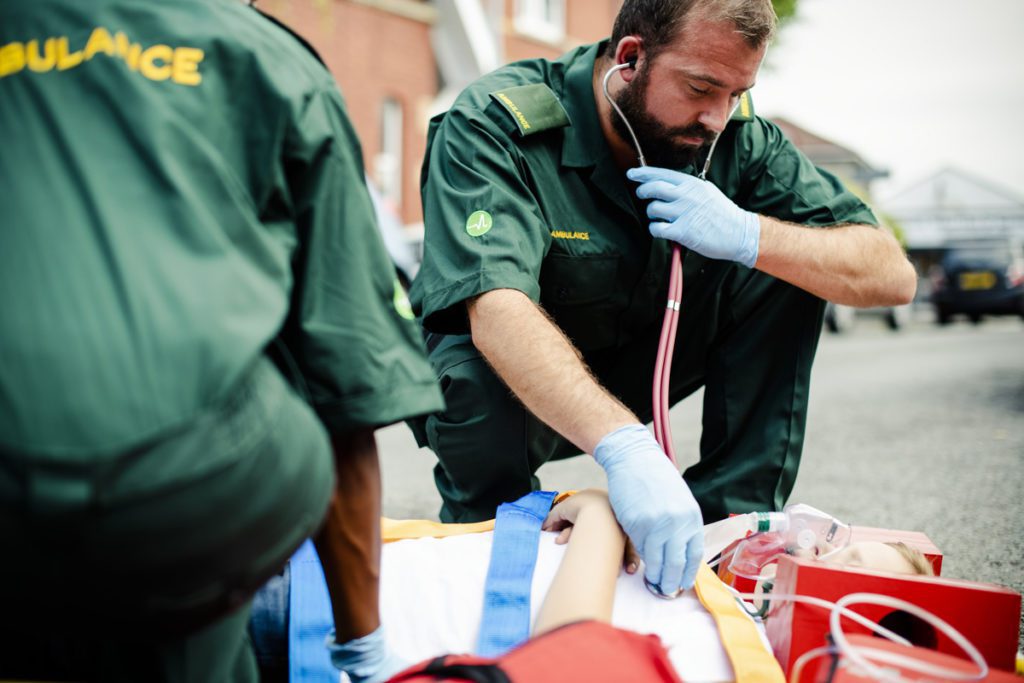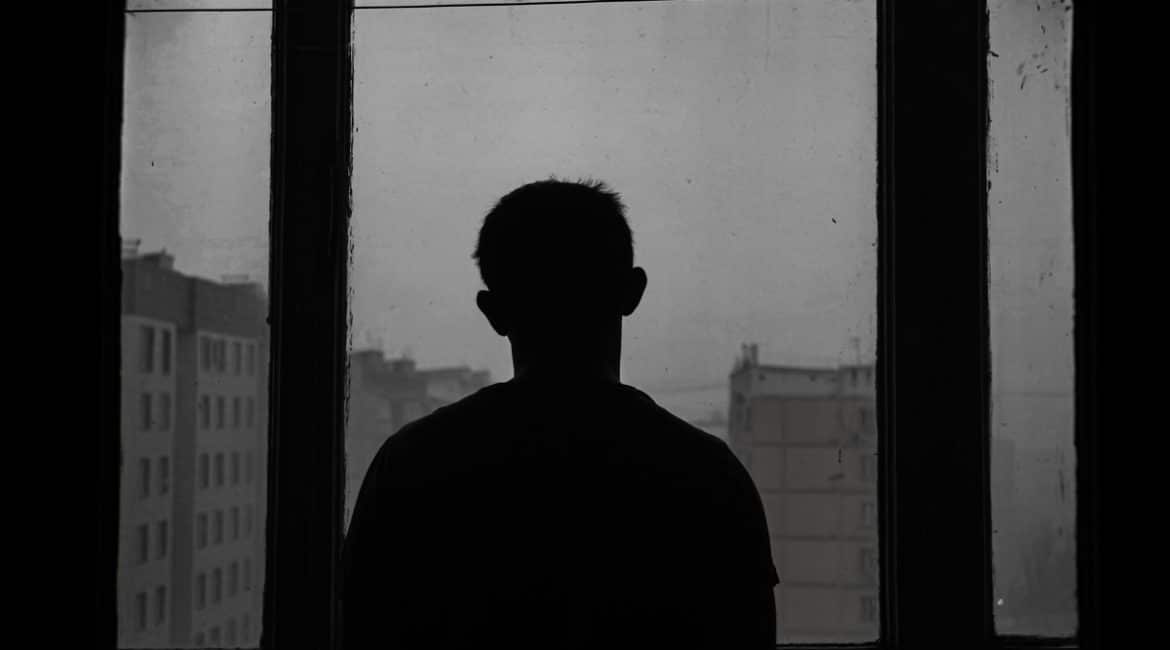Whether we’re out in public or in the comfort of our homes, we all deserve to feel safe.
But in an instant, we can find ourselves in the middle of a frightening event that disrupts our sense of safety and changes the course of our lives for weeks, months, or even years after the crisis has subsided.
Being constantly hyperalert for danger when there is no longer an apparent threat is a sign of posttraumatic stress disorder (PTSD), a severe type of anxiety that can affect people of any age, gender, or cultural background.
While it’s normal to have residual stress or anxiety after a frightening life experience, PTSD has specific symptoms that typically require treatment from a mental health professional for a person to heal from a traumatic situation.

As mental health providers, our team at Rural Psychiatry Associates knows all too well the effect PTSD can have on individuals. In this blog, we want to educate the public about the symptoms of PTSD, and how people can heal from this condition and reclaim their sense of safety.
Let’s start with a brief definition of PTSD.
What is PTSD?
Posttraumatic stress disorder (PTSD) is a psychological condition that can develop after a person witnesses or experiences a shocking, scary, or dangerous event. Examples of these circumstances include war combat, sexual assault, a serious accident, a natural disaster, a terrorist attack, or any other traumatic situation that disrupts a person’s sense of safety or puts their lives at risk.
As this disturbing situation occurs, a person’s nervous system will trigger their fight-or-flight response, a primal reaction to danger that prepares their body to stay and face the threat (fight) or run away from danger (flight) by increasing their heart rate, tightening their muscles, and raising their blood pressure. If their attempt to fight or flight is unsuccessful, an individual may either “freeze” or “fawn.” With the freeze response, their body becomes temporarily paralyzed with fear when assessing the situation, while the fawn response characterizes behavior in which a person complies with the threat to save themselves.
For most people, these innate alerts typically subside once they return to safety. However, for 3.5 percent of adults, their nervous systems get “stuck” in a perpetual mental space of stress and anxiety long after the traumatic event, which eventually develops into PTSD. This condition can also occur in first responders, medical staff, law enforcement, and any other people who take part in the aftermath of traumatic events.

Symptoms of PTSD
Side effects of posttraumatic stress disorder often overlap with other mental disorders. In fact, individuals with PTSD are 80% more likely than those without the disorder to have symptoms that meet diagnostic criteria for at least one other condition, such as depression, bipolar, anxiety, or substance use disorders.
Symptoms of PTSD typically begin within a few weeks after a person experiences a traumatic event, and must last at least one month to be considered PTSD. Some of the main signs of the disorder include intrusive thoughts, avoidance, negative moods or behaviors, and hyperarousal, all of which can vary in intensity over time.
1. Intrusive Thoughts
Many people with PTSD describe “reliving” the traumatic experience long after the event, as if a film reel of the crisis is replaying in their minds. These disturbing memories are often referred to as “flashbacks,” which can also occur subconsciously as upsetting dreams or nightmares. Although a person may no longer be in physical danger, their intrusive thoughts continue to activate stress hormones that can cause ongoing physical and psychological distress.
2. Avoidance
After a traumatic event, people may avoid people, places, objects, activities, or situations that trigger memories of that day. They may also resist talking about how they feel or reflecting on what happened, to prevent flashbacks that can disrupt their daily lives.
3. Negative Thoughts and Emotions
PTSD can also change a person’s thoughts, moods, and behaviors. They may have negative views about themselves and feel hopeless about the future, detached from family and friends, and uninterested in activities that they once enjoyed. Some people may also feel emotionally numb, to block out the intense memories of what they witnessed.
4. Hyperarousal (or Feeling “On Edge”)
Someone with PTSD may struggle with hyperarousal, a symptom in which they feel “on edge” and struggle to relax. They may startle easily, have trouble sleeping, experience trouble concentrating, or feel paranoid about threats around them, which can lead to angry outbursts or irritability.
Coping with trauma is painful and isolating. Fortunately, researchers have significantly increased our understanding of what causes PTSD and how to treat it in recent years.
Treatment for PTSD
Our team at Rural Psychiatry Associates uses a variety of methods to help people heal from their trauma and regain a sense of control in their lives, including medication and psychotherapy.

Medications
After experiencing a traumatic situation, people with PTSD process threats differently because the neurotransmitters in their brains become imbalanced. Several medications that treat depression or anxiety can also be used to address PTSD and help a person feel more “normal” again, once their body adjusts to the prescription.
Because everyone experiences PTSD and responds to medications differently, our mental health providers work with every patient individually to determine the best medication (if any) for their unique circumstances.
Psychotherapy
Our mental health professionals may also use psychotherapy – more commonly known as talk therapy – to help people heal from PTSD. Some types of psychotherapy include:
Cognitive Therapy – A type of talk therapy that helps people with PTSD identify thinking patterns that are keeping them mentally “stuck” so they can begin to work through their emotions
Exposure Therapy – A form of behavioral psychotherapy that helps individuals with PTSD face their frightening memories head-on and learn how to effectively cope with them
Eye Movement Desensitization and Reprocessing (EMDR) – A method that combines exposure therapy and a series of guided eye movements to help PTSD patients change how they react to intrusive thoughts
If you think you may have PTSD, this is not a burden you need to learn to “live with.” Our providers at Rural Psychiatry Associates are ready to help you find the best treatment for your needs. Contact us to schedule an appointment today.

